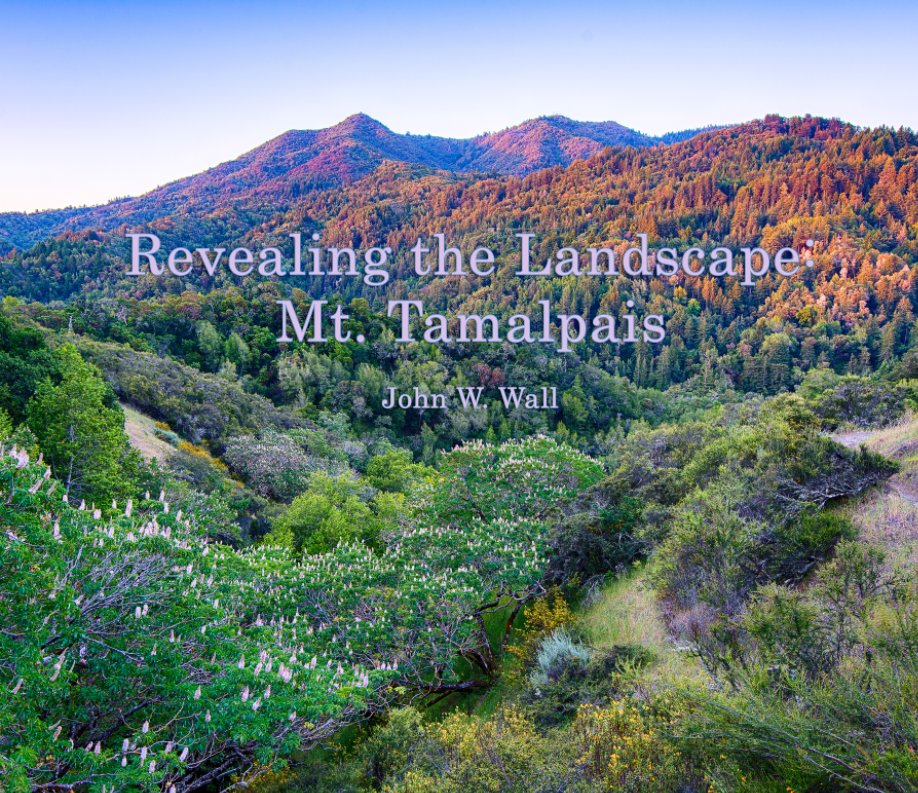 |
| Passing Storm, Ocean Beach |
A couple of minutes after snapping the photo above, I was pulling rain pants out of my knapsack. I was glad I'd brought them because there was nowhere to take cover. The breakwater overhang, where I took refuge once before, didn't work because the wind was blowing the rain everywhere.
As soon as I had all my rain gear on I stepped out onto the beach to enjoy the passing squall. It was windy, but nothing like yesterday. The larger shorebirds like marbled godwits and whimbrels were farther south, so I planned to observe the sanderlings close by.
On the way to the water's edge I discovered more by-the-wind sailors, some of which seemed to be abandoning ship. It looked like the blue animals were able to release from their chitinous sail enough to gather in a small puddle of life-giving water. With the tide coming in, maybe they had a chance of surviving until the ocean could pick them up again.
 |
| I was surprised to see this plant growing all by itself on the Sunset Parkway. At first glance it looked like Chinese Houses, but PlantNet tells me it's Moroccan Toadflax (Linaria maroccana). Both are in the same family, and both have been moved out of Scrophulariaceae into the plantain family, Plantaginaceae. So many changes since my early 1980s botany classes. Morphology has been replaced by genetics to group plant families by their evolutionary lineage. |
 |
| A few groups of brown pelicans made their way south, gliding into the wind. |
 |
| While little sanderlings foraged on the beach, Mt. Tamalpais came out from behind a thick dome of clouds. By the time I got home about an hour later, it was covered again. |
 |
| Velella velella, with the colony puddling into a tiny puddle of water to stay alive. |
 |
| That slight depression in the sand is a lifeline for the colony of hydroids (or perhaps a single large polyp). It eats zooplankton but also harbors photosynthetic algae that produce additional nutrition. Each colony is either all-male or all-female and reproduces by asexual budding, creating tiny medusae which sink up to 1,000 meters below the sea surface where they reproduce sexually, creating larvae which then rise up to the surface to develop their sails. |
 |
| Partly Exposed Sand Dollar |
 |
| Probing Sanderling |
 |
| Billowing clouds at the aft end of the storm squall. |
 |
| Strolling Sanderling |
 |
| Sanderling Catches a Mole Crab |
 |
| Unlike the bigger shorebirds, sanderlings can't just down a whole mole crab, so they have to pull off little bits at a time. |
 |
| Stopping by the bison paddock on my bike ride, I noticed a male/female pair of Western bluebirds that seemed to be inspecting a nest box. |
 |
| The tree swallows were not amused, and they chased off the bluebirds. |
 |
| I hadn't seen Sunny Allen in a while, figuring it has been too windy for him to hang onto his perch on a dried stalk of pokeberry bush. |
 |
| Although he did manage to climb aboard, he didn't stay long. It looked a little like riding a bucking bronco. |
 |
| I looked around and saw that he sometimes perches on top of the chain-link fence, or even on the rope fence that the swallows often use. |
 |
| Tree Swallow Sitting Near Nest Box |
 |
| This one appeared to be very excited about something. |
 |
| The pied-billed grebe was still on her nest today, and it looks a little more built-up than before. |
* * *


































































